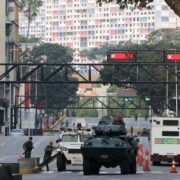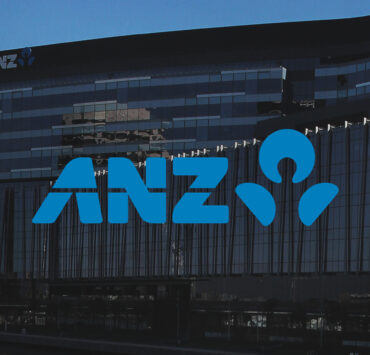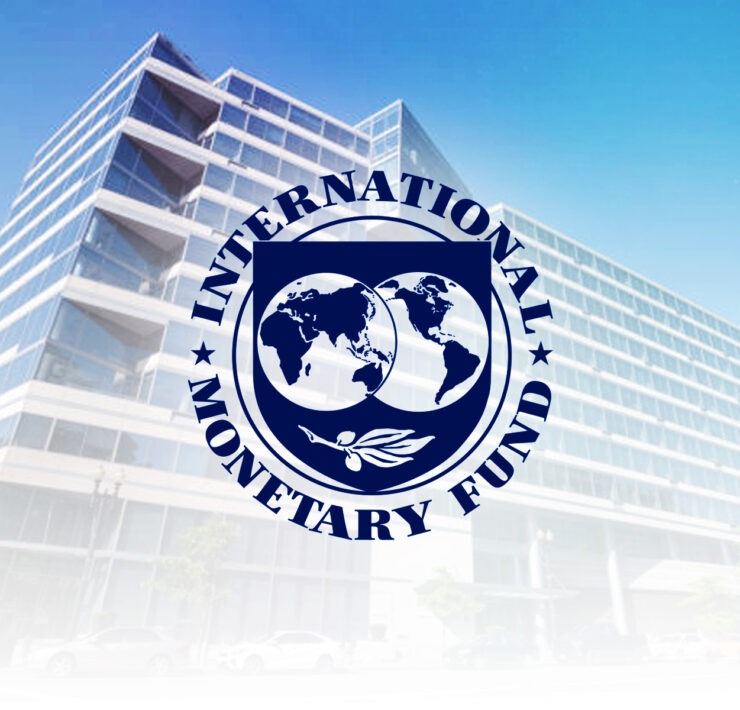Soured loans of PH banks eased in May

The proportion of bad debts held by Philippine banks slightly eased in May, albeit still at one of the highest levels this year, as falling interest rates may have helped borrowers pay their debts.
Latest data from the Bangko Sentral ng Pilipinas (BSP) showed nonperforming loans (NPL), or debts that are 90 days late on a payment and at risk of default, cornered 3.38 percent of the local banking industry’s total lending portfolio in May.
That figure, called the gross NPL ratio, was lower than the preceding month’s level of 3.39 percent.
In peso terms, this means P527.4 billion of the domestic banking sector’s P15.6-trillion loan book had soured. That amount of NPLs was 6.4-percent higher compared with a year ago.
Reinielle Matt Erece, an economist at Oikonomia Advisory & Research Inc., said easing inflation—and the resulting decline in interest rates—may have helped borrowers pay their bank loans.
“Modest [economic] growth and better price stability are good since wages and purchasing power do not deteriorate as fast relative to periods of higher inflation,” Erece said.
“Credit may continue to surge as inflation remains stable and interest rates are expected to go down,” he added.
Rate cut
Last month, the powerful Monetary Board trimmed the policy rate, which banks use as a guide when pricing loans, by a quarter point to 5.25 percent.
It was a widely expected decision that brought the cumulative rate reductions under the current easing cycle to 1.25 percentage points. BSP Governor Eli Remolona Jr. had said the central bank may cut the policy rate twice more before the end of 2025 amid the benign inflation environment.
“The slight easing in the NPL ratio reflects early signs of relief from the BSP’s recent rate cuts, which have lowered borrowing costs and helped ease debt servicing pressures,” Jonathan Ravelas, senior adviser at Reyes Tacandong & Co., said.
As it is, the lower NPL ratio allowed banks to reduce their provisions for unpaid loans. BSP data showed lenders set aside P498.8 billion as allowance for credit losses in May, translating to an NPL coverage ratio of 94.57 percent. This was lower than the preceding month’s cover of 95.10 percent.
“While risks remain, especially in consumer lending, the overall outlook for NPLs is cautiously optimistic as monetary easing and stable prices continue to support credit quality,” Ravelas said.





















